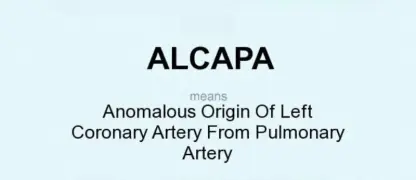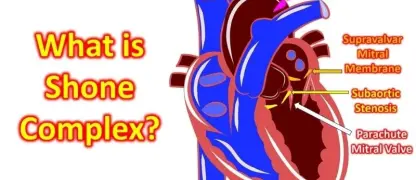Atrioventricular Canal Defect (Endocardial Cushion Defect) is a congenital heart disease involving abnormal valves and chambers, needing early care.
What Are The Main Causes Of Atrioventricular Canal Defect (Endocardial Cushion Defect)?
- This defect develops due to abnormal formation of the Endocardial Cushions during fetal heart development, leading to improper separation of heart chambers.
- Genetic conditions such as Down Syndrome are strongly associated with Atrioventricular Canal Defect, increasing the likelihood of this congenital heart condition.
- Family history of congenital heart disease may contribute, combined with environmental or maternal factors during pregnancy that affect heart development.

Atrioventricular canal defect symptoms early warning heart signs
>>> Discover more: Cor Triatriatum causes symptoms diagnosis and treatment
Key Symptoms Of Atrioventricular Canal Defect (Endocardial Cushion Defect) To Watch For
- Infants may experience rapid breathing, frequent respiratory infections, and difficulty feeding due to inefficient heart pumping and lung overload.
- Growth delays, failure to thrive, and fatigue are common signs caused by insufficient oxygen delivery throughout the body.
- Heart murmur, Cyanosis, and swelling in the legs or abdomen can indicate worsening of Atrioventricular Canal Defect in children.
How Can You Prevent Atrioventricular Canal Defect (Endocardial Cushion Defect) Effectively?
- Genetic counseling before pregnancy can help families understand their risk of passing congenital heart conditions to children.
- Maintaining maternal health with proper nutrition, avoiding harmful substances, and managing Diabetes or infections reduces risk factors during pregnancy.
- Prenatal screening and regular ultrasounds allow early detection of heart defects, ensuring timely intervention and proper care after birth.

Endocardial cushion defect surgery corrective lifesaving option
>>> Discover more: Uhl's anomaly symptoms clinical features and outcomes
Images Visual Examples Of Atrioventricular Canal Defect (Endocardial Cushion Defect)
Atrioventricular Canal Defect is a congenital heart disease where the walls separating chambers do not form properly, leading to mixing of blood and heart inefficiency.

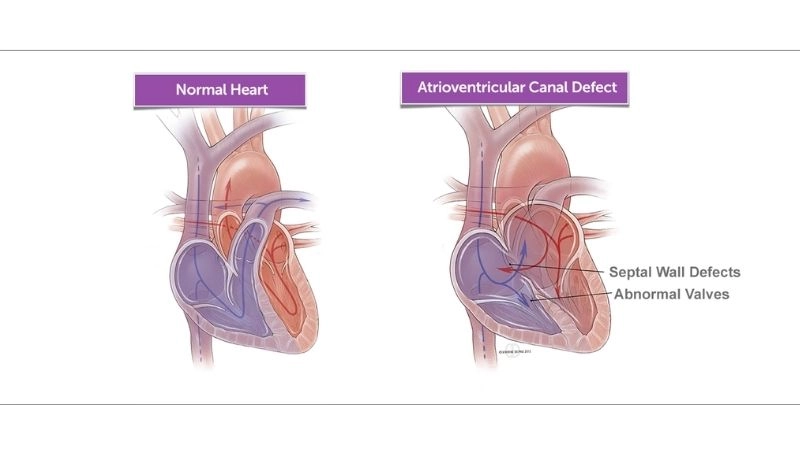
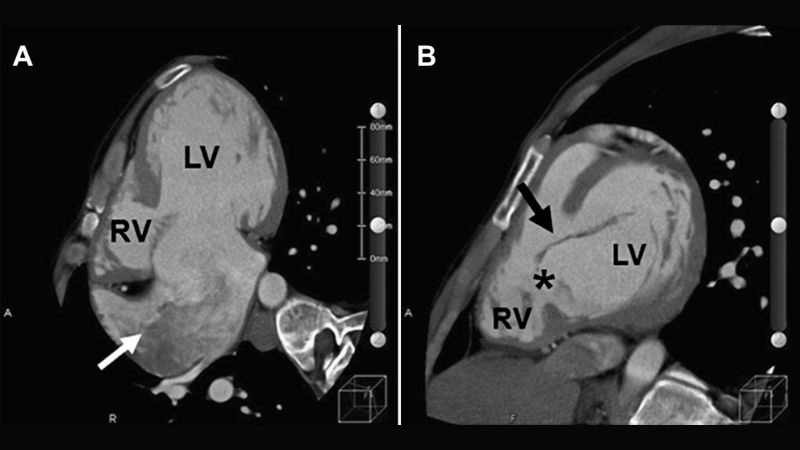
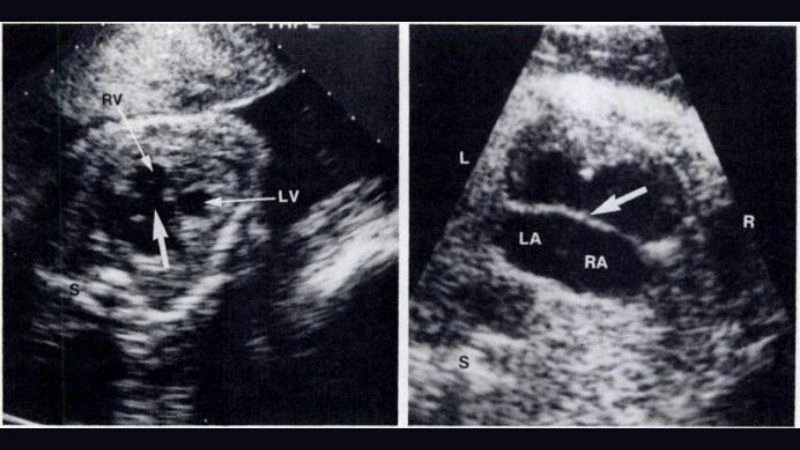

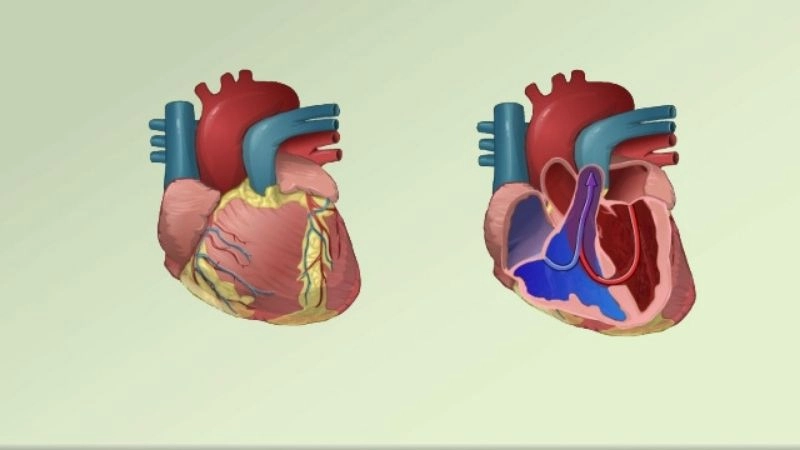

>>> Discover more: Anomalous Left Coronary Artery from the Pulmonary Artery
Atrioventricular Canal Defect (Endocardial Cushion Defect) requires early detection and treatment to improve survival and ensure better heart health.

